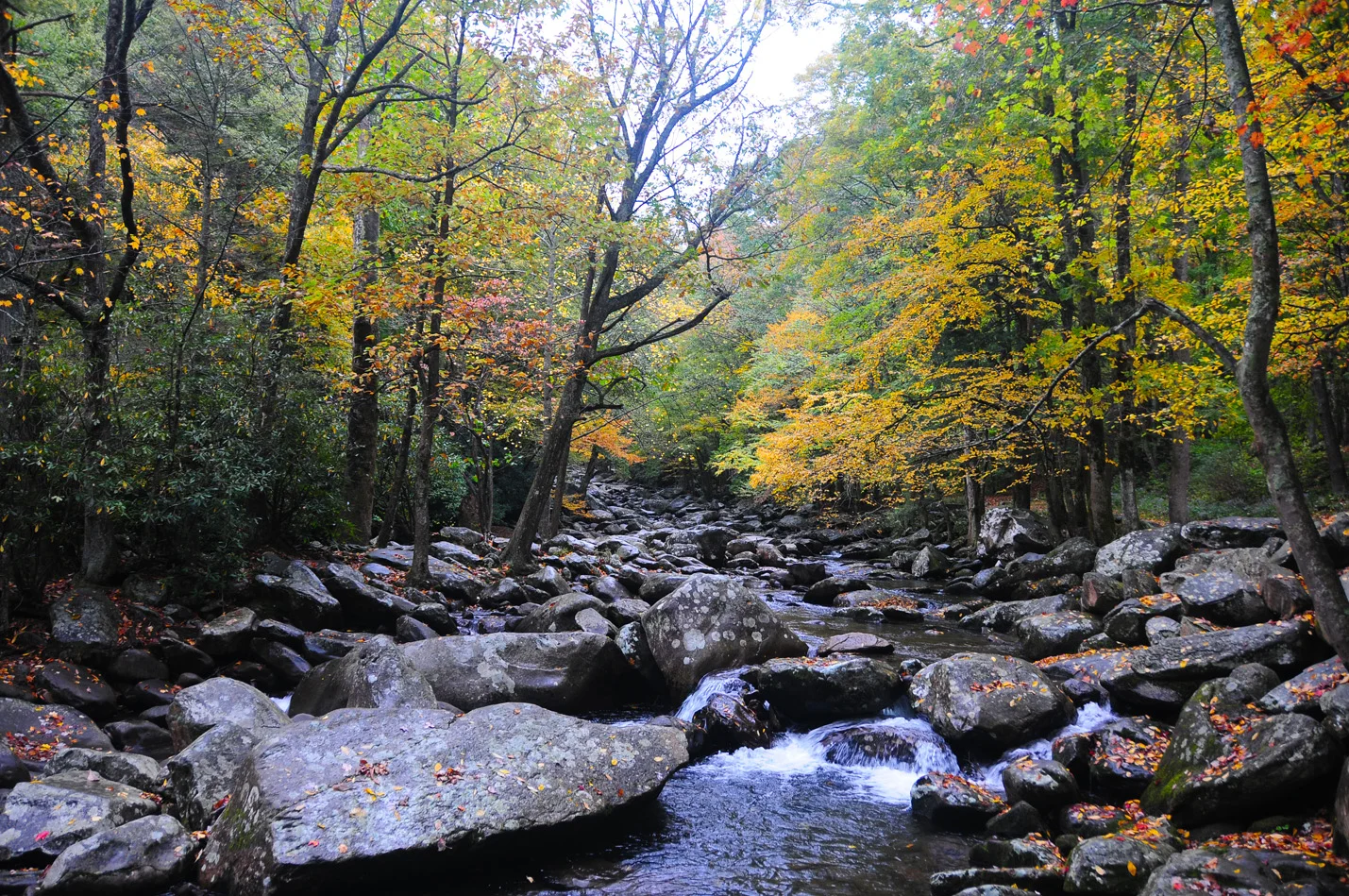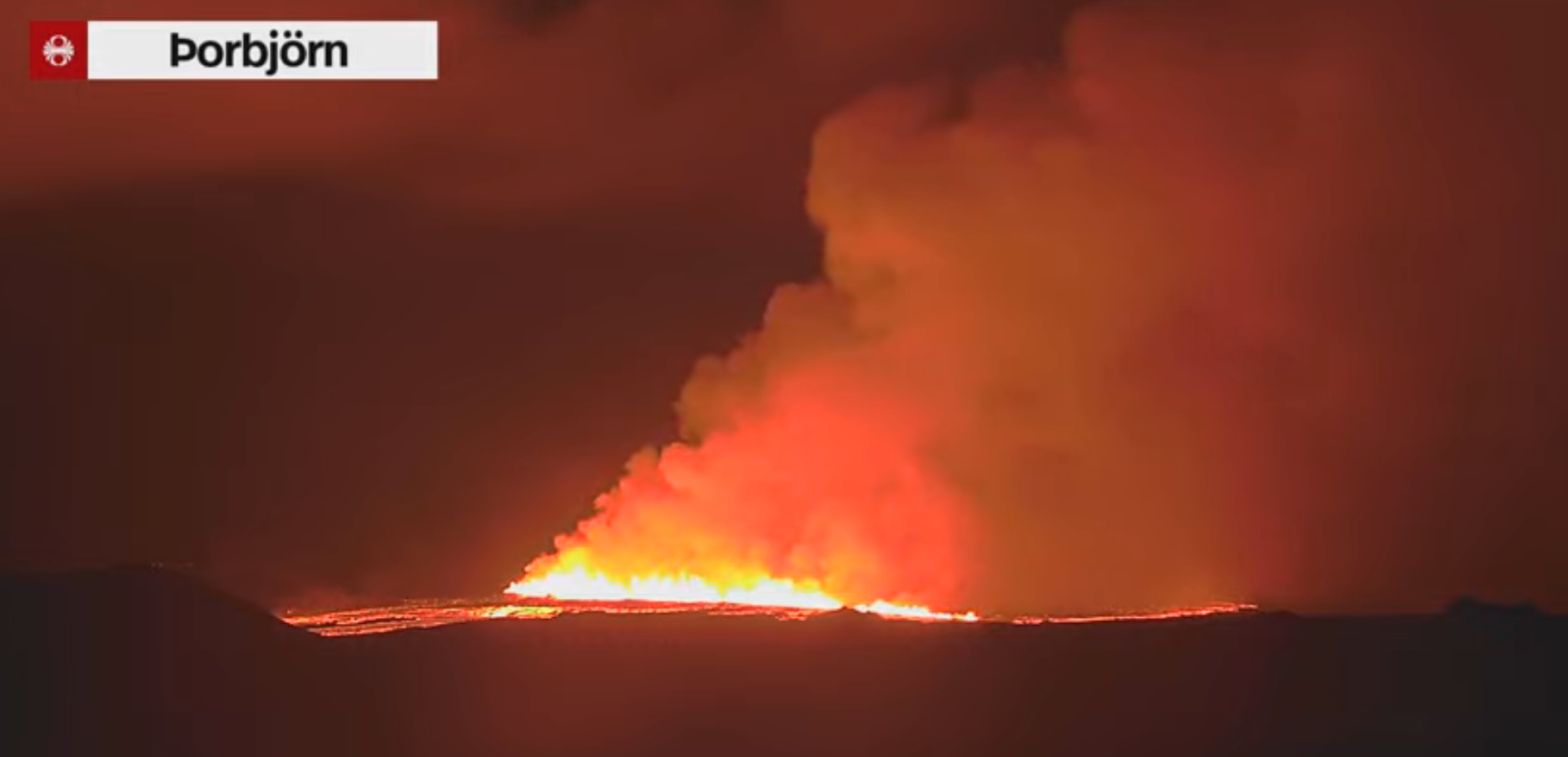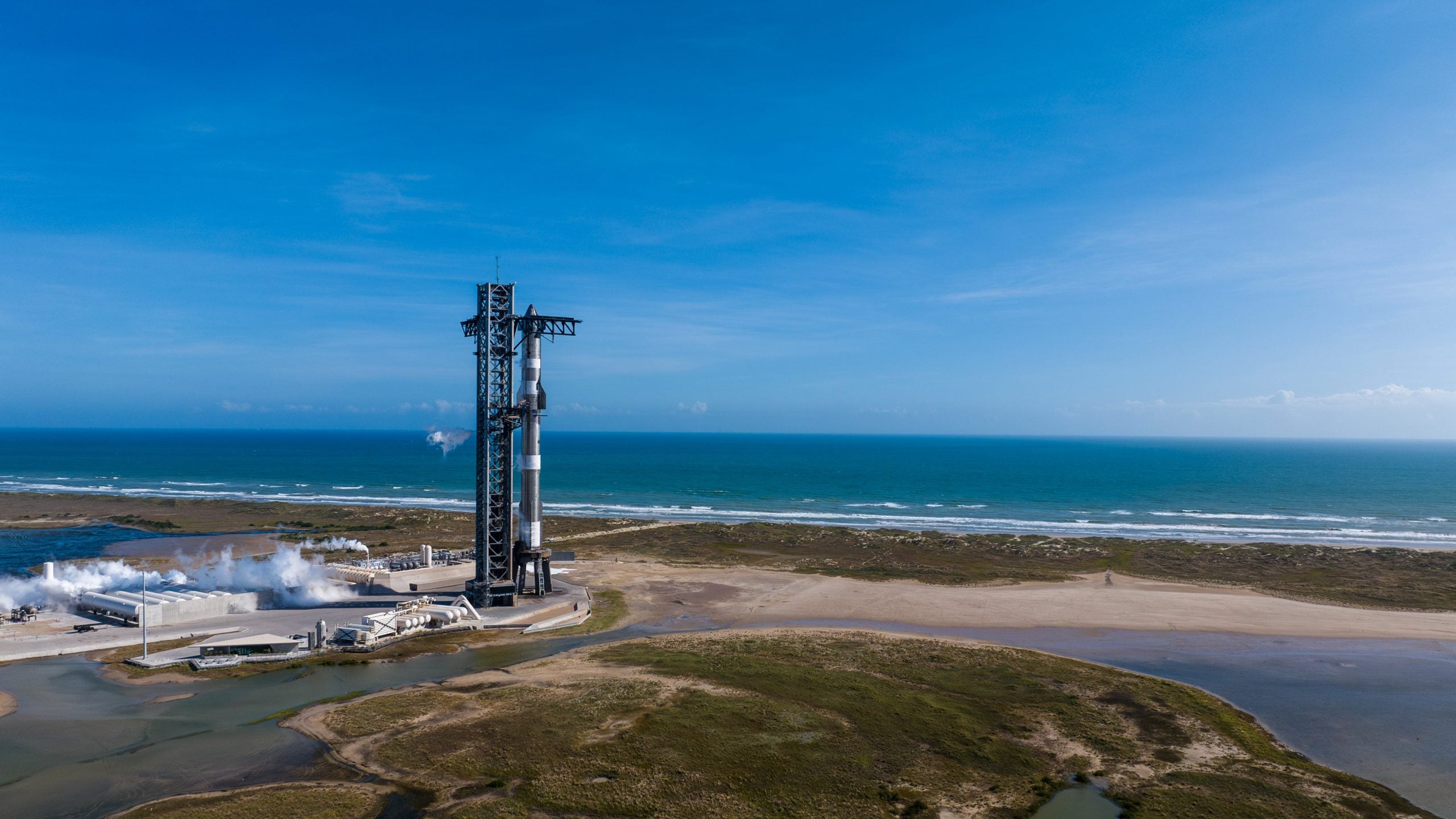WASHINGTON – In observance of Veterans Day, the National Park Service is waiving entrance fees for everyone on Monday, Nov. 11, and is encouraging Americans to explore the country’s hundreds of protected sites.The reduced admission is one of six days that the NPS previously announced were free for all visitors. Rangers warn that even though entrance fees are waived, other charges, such as timed entry, reservation fees, and charges for camping and other activities, will still apply.”We’re excited for members of the public to discover national parks on Veterans Day, and especially invite current military and their dependents, veterans, and Gold Star Families to get a Military Pass to get free entrance to parks any day,” Chuck Sams, a director of the National Park Service, said in a statement. “As a veteran, it is fantastic to see other veterans and their loved ones explore parks, learn about our nation’s history, and find peace in the outdoors.”TOP 10 MOST VISITED US NATIONAL PARKS AND MEMORIALSFor those eligible, the Military Pass can be obtained at any of the 63 national parks.The typical entrance fee ranges between $10 and $35, with 80-100% of the funds staying in the park where the money is collected.The agency encourages more frequent park visitors to purchase the ‘America the Beautiful National Parks and Federal Recreational Lands Pass,’ which costs around $80 but provides annual access to more than 2,000 federal recreation sites across the country.TOP 10 NATIONAL PARKS IN 2024, ACCORDING TO TRAVEL AND LEISUREEvery year, nearly 300 million people visit the more than 400 national park sites across the U.S.The Veterans Day holiday is scheduled to be the last free entrance day of the year, with the next one expected to occur on Dr. Martin Luther King, Jr. Day in Jan. 2025.Appalachia’s Blue Ridge Parkway, Tennessee’s Great Smoky Mountains National Park and California’s Golden Gate National Recreation Area are usually the most visited destinations, but a series of tropical cyclones in 2024 impacted parks from the Southeast into the mid-Atlantic.







